I don't ever remember not being able to read. My mom said that I taught myself to read because my older brother was doing it. My memories are of: Dick, Jane, Puff, and Spot; those wonderful packages from the Dr. Seuss book club that magically appeared in the mailbox; the joy of getting to go to the bookmobile every two weeks all summer; monthly trips to the library where Mrs. Langly would always have a new book waiting, just for me; long, leisurely days spent outside, reading; being in charge of our classroom library; Scholastic book orders where you actually got to pick out what you wanted, well, at least some of what you wanted...Reading and books were part of my daily existence.
Today, I listen to audiobooks in the car; take my tablet when I travel; read my magazines on Zineo; read textbooks and articles for school; skim journals, catalogs, reviews, etc. for collection development...It seems like I am constantly reading, all day long. What has changed for me over time has been the content I consume and the varying methods I use. My preferred medium is still the printed book, but I have adapted and embraced the changing formats as well, when they suit my needs.
Talk a little about what you see in the future for reading, books, or publishing - say 20 years from now. Will we read more or less, will our reading become more interactive? What will happen to traditional publishing?
In his October 2010 article, The Cult of the Book -- and Why It Must End, Jeffrey R. Di Leo addresses some interesting points about books, especially in academe. He asserts that our attitudes about books are products of "cultural conditioning and habit." Publish or perish, bookshelves crammed with bound volumes, and libraries filled with complete reference sets all support the attitude that "books are the gold standard of academic achievement." He ponders whether "When we lose the weight of the bound book, will our words lose weight as well?" Di Leo posits that only "...when a new literature will emerge that is possible only in digital formats...will the myth of the book ....be overcome."
My daughter graduated from law school last May. Only a few of her classes utilized ebooks and many of the physical textbooks she was assigned were written by her professors. Even given the overwhelming advantages of etextbooks, acadame is slow to change. Hopefully, in 20 years when her future children are ready for college, those attitudes will have evolved, and things will have changed for them.
In his March 2016 article, The Pros and Cons of Paper vs. Digital Textbooks, Sam Morris, a Global Education Solutions Architect, states:
"The Promise of digital textbooks or eBooks is enormous - rich, immersive experiences, social sharing and collaboration, individualized learning, real-time analytics, and performance assessment - just to name a few. Despite these exciting attributes, though, adoption both in higher education and K-12 has been slow. Paper textbooks, even with their many downsides, continue to dominate the market and the classroom."
He goes on to list what he sees as some challenges for etextbooks:
- Unfulfilled potential
- Accessibility
- Tech implementation and adoption
- Health concerns
- Bandwidth
- Lack of standards
- Cost
- Limited ability to annotate
In our community, many people only have access to the internet when they come to the library. None of our schools have assigned tablets to their students. The library strives to offer new technologies to all patrons, from the very young to the homebound.
In the next 20 years, I expect to see continued innovations and developments in formats and the interactive possibilities for books. I think that people will embrace the formats that satisfy their needs in particular situations, that publishers will offer more individualized access to materials such as POD or machines where you can print the titles you want, that we will be reading more, and that printed books will continue to cherished.





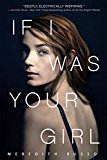
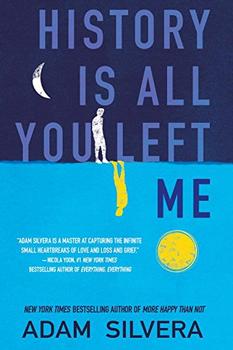
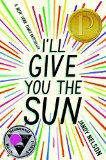

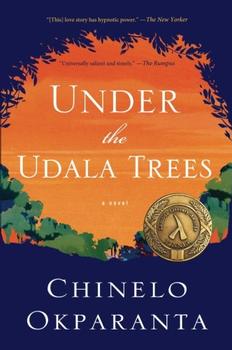
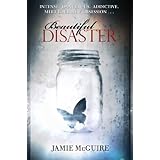
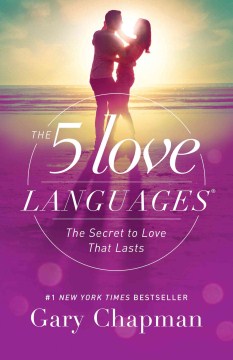
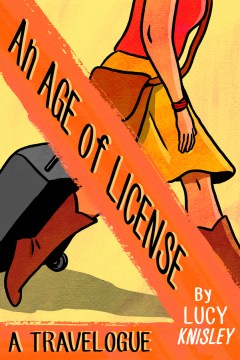
![A Fighter's Heart: One Man's Journey Through the World of Fighting by [Sheridan, Sam]](https://images-na.ssl-images-amazon.com/images/I/51yE6f3y2fL.jpg)
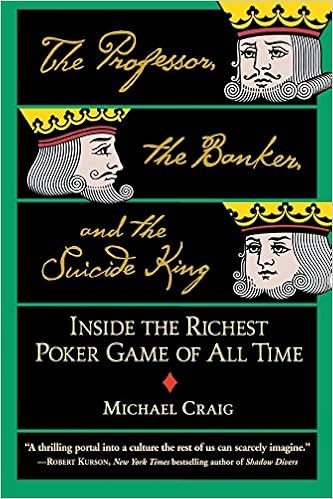
![Walking Disaster: A Novel (Beautiful Book 2) by [McGuire, Jamie]](https://images-na.ssl-images-amazon.com/images/I/51NpvmZdvEL.jpg)
![Collide: Book One in the Collide Series by [McHugh, Gail]](https://images-na.ssl-images-amazon.com/images/I/51z2SeTLz1L.jpg)
